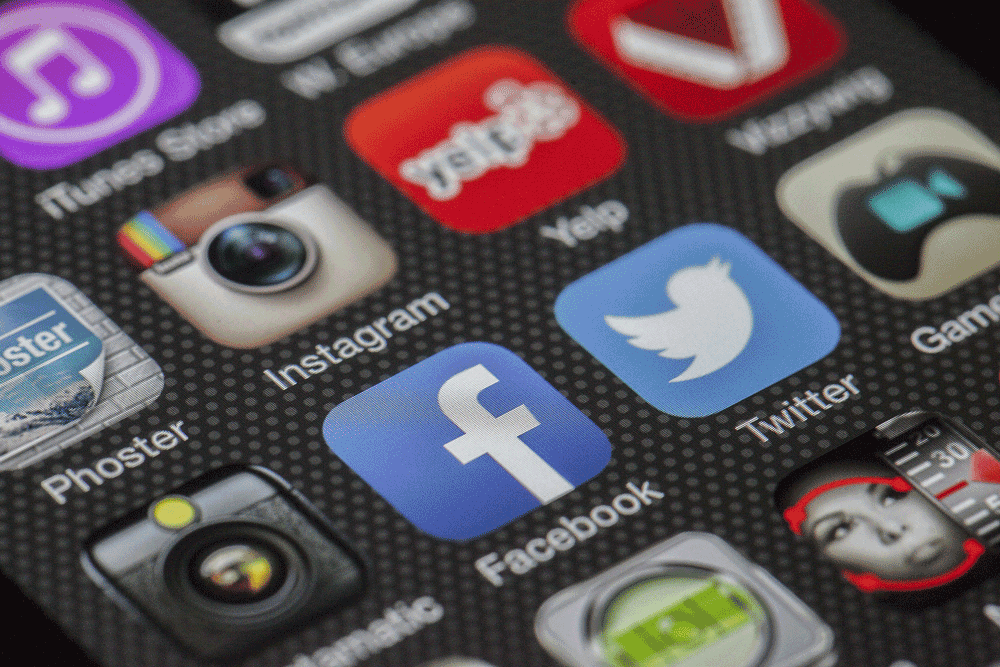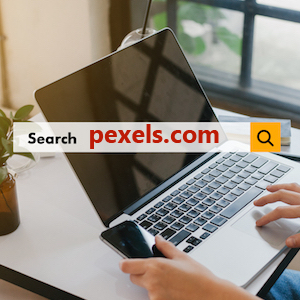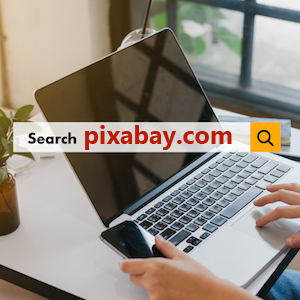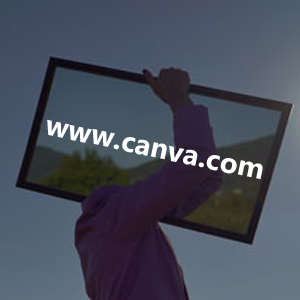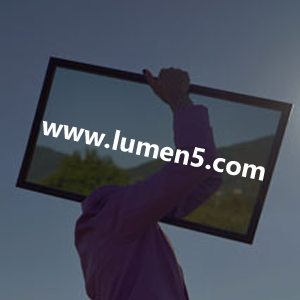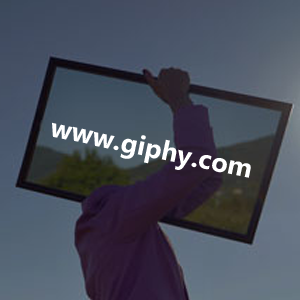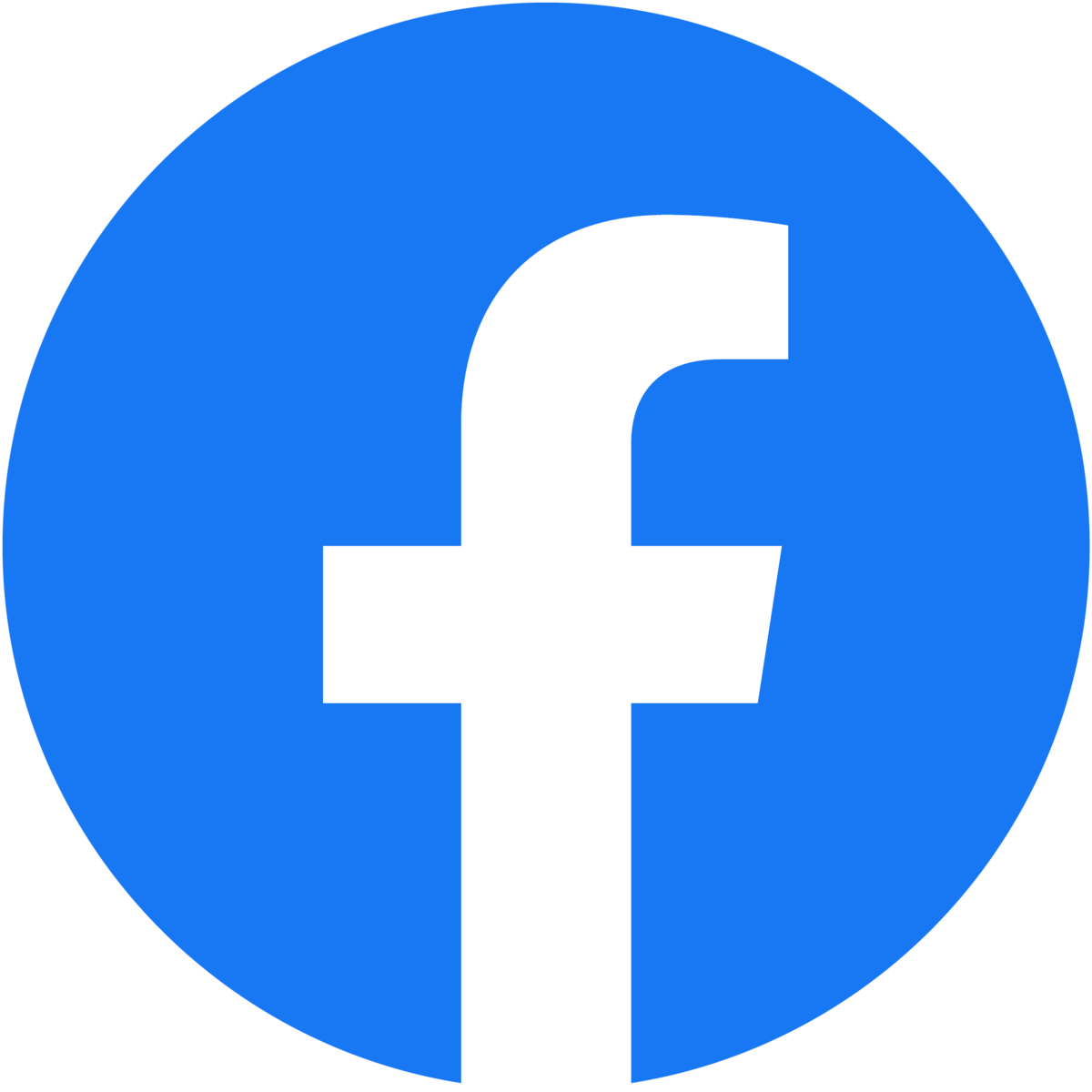Social Media Image Guide for 2020: Including Image Size Cheat Sheet.
First impressions, whether face-to-face or online e.g. via social media are important, I’m sure you’ll agree. In fact, within the first 7 seconds, people will have a solid impression of who you are — and some research suggests a tenth of a second is all it takes to start determining traits like trustworthiness.
So, when thinking about your social media presence, consider the fact that you’re competing with so many other businesses online that you need to aspire to put your best foot forward in your visual presentation.
It’s even more important right now. Due to the COVID-19 lockdowns, an increasing number of businesses are looking to maximize their online presence, and maintain their operations via digital tools. That means you need to stand out more amongst the increased competition!
How can this guide help?
Included in this post is our top 3 websites to acquire stock images, top 3 media creation tools and an updated, platform-by-platform overview of optimal social media image sizes to help keep your content looking its best (covering LinkedIn, Facebook, Instagram, Twitter & YouTube).
Top 3 websites for free stock images 2020
1. Pexels
Pexels provides high-quality and completely free stock photos licensed under the Creative Commons Zero (CC0) license. All photos are nicely tagged, searchable and easy to discover through their discover pages, ideal for bloggers. One of the most well-organised collections of stock photos ad videos on the internet.
2. Pixabay
Pixabay offers a large collection of free stock photos, vectors and art illustrations. Their site has a very large database of high-quality images more oriented towards business and marketing than Unsplash, which is often helpful for content marketers and bloggers. All photos are released under Creative Commons (CC0) license.
3. Unsplash
Unsplash offers a large collection of free high-resolution photos and has become one of the best sources for stock images. The Unsplash team combs through impressive new photo submissions and features the very best on their homepage. All photos are released for free under the Unsplash license.
Although stock images are more convenient and even paid sites cost less than booking your own photographer, often images of your actual people and business assets add so much more value to presenting your brand. We have a network of specialists who we can call upon for services like photography as part of the project and retained marketing services that Reaction Marketing offer.
Top 3 free media creation tools 2020
1. Canva (Images)
Canva is easily the most all-inclusive tool for creating marketing graphics. There are so many different design templates that make it easy for users to create social media images, including cover photos, profile pictures, posts and advertisements.
2. Lumen5 (Videos)
Lumen5 is a video creation platform designed to produce engagement-driving social content. Thanks to cutting-edge AI, using proprietary text-to-video technology, you can transform text content like blog posts into vibrant videos. Plus a sizable media library copyright-free photos, videos and audio tracks.
3. Giphy (GIFs)
If GIFs are your thing… Giphy is one of the biggest sites to feed your GIF cravings. Not only does it host millions of GIFs, but its GIF Maker is easy to upload video content and create a looped video. Store all your GIFs on your account or easily make one without having to log in and share.
Ideal social media image sizes 2020
Here is a list of all the ideal image sizes for LinkedIn, Facebook, Instagram, Twitter, & YouTube.
Recommended LinkedIn image dimensions
Company pages
- LinkedIn company logo size: 300 x 300
- LinkedIn cover photo size: 1536 x 768
- LinkedIn Dynamic Ads size: 100 x 100 (company logo)
- LinkedIn Sponsored Content image size: 1200 x 627
- LinkedIn Hero image size: 1128 x 376
- LinkedIn Business Banner image: 646 x 220
Personal pages
- LinkedIn profile picture size: 400 x 400
- LinkedIn background photo size: 1584 x 396
- LinkedIn post image size: 1200 x 1200 (desktop) 1200 x 628 (mobile)
- LinkedIn link post size: 1200 x 628
- LinkedIn video size: 256 x 144 (minimum) to 4096 x 2304 (maximum)
- Maximum LinkedIn video length: 10 minutes
Your LinkedIn profile is an invaluable asset and virtual business card for your brand. Aim for professional polished pictures or real people set at maximum resolution.
Recommended Facebook image dimensions
- Facebook profile picture size: 180 x 180
- Facebook cover photo size: 820 x 462
- Facebook link image size: 1200 x 630
- Facebook image post size: 1200 x 630
- Facebook event image size: 1920 x 1080
- Facebook video size: 1280 x 720
- Maximum Facebook video length: 240 minutes
- Facebook ad size: 1200 x 628
- Facebook video ad size: 1280 x 720
- Facebook Story ad size: 1080 x 1920
- Facebook group cover image size: 1640 x 922
- Facebook messenger image ad size: 1200 x 628
The world’s most popular social media network, Facebook has been becoming more and more visual in character, as well as increasingly geared towards mobile visitors. Facebook allows you to portray the human side of your brand – and, as with all the social media networks listed here, use the best resolution possible and go for the optimal Facebook post dimensions.
Recommended Instagram image dimensions
- Instagram profile picture size: 110 x 110
- Instagram photo sizes: 1080 x 1080 (square), 1080 x 566 (landscape), 1080 x 1350 (portrait)
- Instagram Stories size: 1080 x 1920
- Minimum Instagram video sizes: 600 x 600 (square), 600 x 315 (landscape), 600 x 750 (portrait), 600 x 700 (Carousel video dimensions)
- Maximum Instagram video length: 60 seconds
- Minimum Instagram image ad size: 500 pixels wide
- Instagram photo thumbnails: 161 x 161
- Instagram ads size: 1080 x 566 pixels (landscape), 1080 x 1080 pixels (square)
- Instagram IGTV video size: 1080 x 1920
As a visual-based social media network, Instagram lends itself to requiring the most engaging imagery out of all the platforms here. With three orientations available (square, landscape, and portrait) it’s even more important to use the right Instagram post dimensions. It’s also worth noting if you want to maximise the space your posts take up in peoples feeds when viewing on mobile, use square and vertical formats (organic and paid).
Recommended Twitter image dimensions
- Twitter profile picture size: 400 x 400
- Twitter header size: 1500 x 500
- Twitter post image size: 1024 x 512
- Twitter card image size: 1200 x 628
- Twitter video size: 720 x 720 (square), 1280 x 720 (landscape), 720 x 1280 (portrait)
- Maximum Twitter video length: 140 seconds
- Twitter ad size (image): 800 x 428
- Twitter ad size (video): 720 x 720 (square), 1280 x 720 (landscape), 720 x 1280 (portrait)
Tweets with images get retweeted 150% more than those without. Also, consider the speed in which your posts disappear in a Twitter feed, so ensure your posts are remarkable and stand out.
YouTube
Recommended YouTube image dimensions
- YouTube Channel cover picture: 2560 x 1440 pixels (desktop) and 1546 x 423 pixels (smartphones)
- YouTube Display ads: 300 x 250
- YouTube Overlay ads: 480 x 60
- YouTube Companion banner ads: 300 x 250 pixels
- YouTube Skippable video ads length: 6 – 20 seconds
- YouTube Non-skippable video ads length: 12 seconds to 3 minutes (30 seconds is recommended)
- YouTube Bumper video ads length: 6 seconds
- YouTube Standard video: 1280 x 760 pixels
It’s the second most popular channel for businesses to share video content. In fact, 62 per cent of businesses use YouTube as a channel to post video content. When marketing on the platform you need to meet specific video requirements to perform well on this channel. While the resolution and length of the video are also very important, you also need to pay heed to tiny details like the size of your profile picture, channel cover picture, and so on to capture the attention of the audience from the time they land on your YouTube page.
